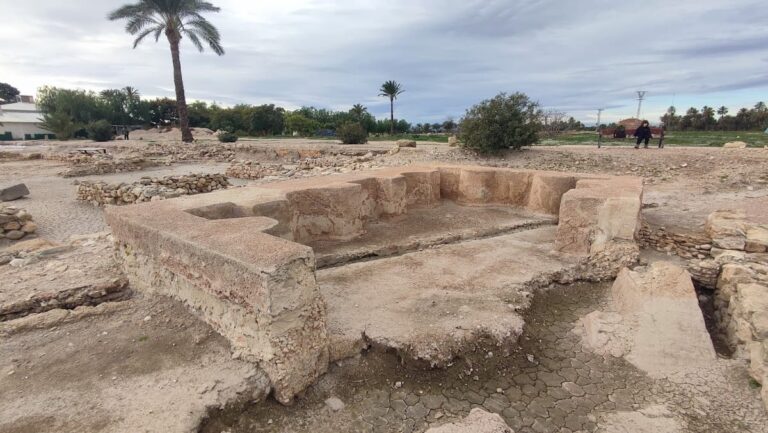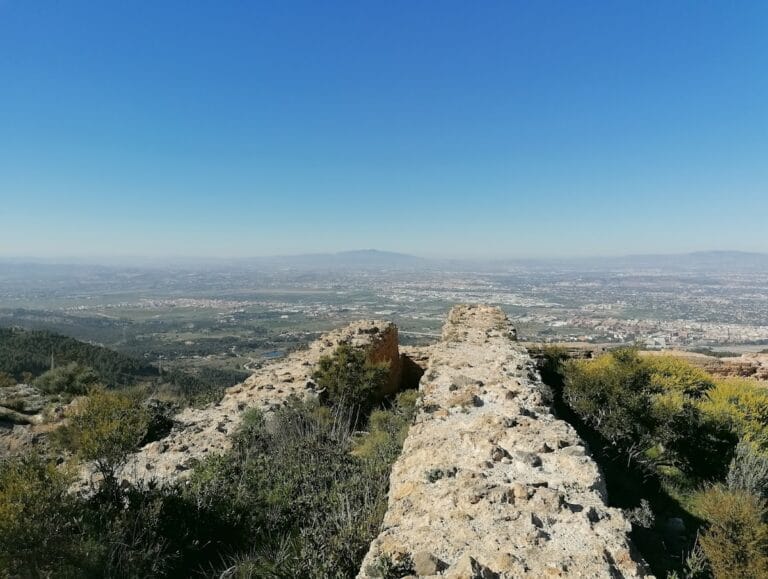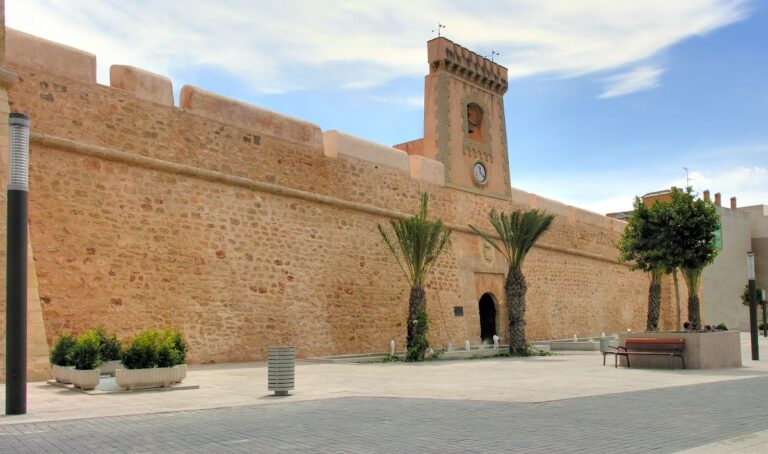Castle of Orihuela: A Historic Fortress in Spain
Visitor Information
Google Rating: 4.4
Popularity: Low
Google Maps: View on Google Maps
Country: Spain
Civilization: Unclassified
Remains: Military
History
The Castle of Orihuela stands on Monte de San Miguel near the town of Orihuela in Spain. Its origins date back to the Visigothic era, with records indicating that the fortress existed during the reign of King Teodomiro. The earliest surviving references to the castle come from the years 713 and 859 AD, highlighting its early significance in the region.
Throughout the medieval period, the fortress played a critical defensive role, especially following the Christian Reconquest of the Iberian Peninsula. Various monarchs invested in the castle’s maintenance, recognizing its strategic importance. Its position allowed for effective control over the surrounding terrain and helped secure the territory against external threats.
During the 14th century, the castle gained notable renown for its resilience during the War of the Two Peters, a conflict between the kingdoms of Castile and Aragon. The fortress endured a prolonged siege lasting twelve years, remaining unconquered by force and only surrendering when the defenders faced starvation. This episode cemented the castle’s reputation as a stronghold that was nearly impregnable.
The castle’s fortunes declined sharply in the early 18th century during the War of Spanish Succession. At this time, an unfortunate accident occurred when a bolt of lightning struck the fortress’s powder magazine, triggering a massive explosion. The blast caused extensive destruction to the majority of the castle’s structure. Authorities subsequently ordered the castle to be demolished, deeming the damage beyond repair.
Following this, natural disasters contributed to the site’s deterioration. Severe storms ravaged the ruins during the 18th century, and a powerful earthquake in 1829 inflicted further damage that could not be restored. Despite this devastation, the historical value of the site was recognized in the 20th century when it was declared a Historic Ruin and granted status as a Cultural Interest Asset with Monument protection in 1931. Though officially recognized, the castle remains vulnerable to ongoing deterioration caused by weather and human activity.
Remains
The surviving structure of the Castle of Orihuela reveals its original design of seven concentric walls encircling the fortress. This layered construction served to enhance defense, with the highest level reserved exclusively for the use of senior military commanders. Remains of extensive defensive walls still stand, allowing a clear understanding of the fortress’s formidable layout.
Among the visible ruins are fragments of several towers which once rose at strategic points along the walls, contributing to the castle’s ability to withstand prolonged attacks. These remnants reflect architectural adaptations made over different historical periods, as the fortress was repeatedly remodeled to meet evolving defensive needs. The varying construction techniques and styles visible today demonstrate the castle’s long history of modifications.
The fortress is situated advantageously on Monte de San Miguel, a hill rising approximately 240 meters above sea level. This elevated position provided wide views over the surrounding landscape, enabling early warning of approaching forces and control of key access routes.
At present, the castle exists largely as a ruin. While significant portions of the walls and towers remain standing, the overall condition of the site calls for urgent efforts to prevent further loss. The ruins bear the marks of centuries of natural wear and damage from human impact. Preservation measures would be necessary to stabilize the structure and safeguard its cultural heritage for future generations.










